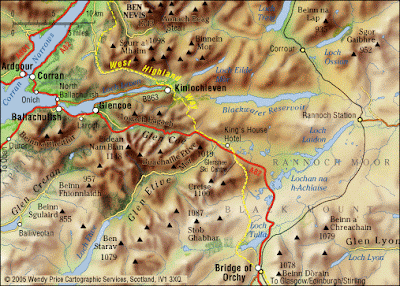



A valley is a hollow or surface depression of the earth bounded by hills or mountains, a natural trough in the earth's surface, that slopes down to a stream, lake or the ocean, formed by water and/or ice erosion. Systems of valleys extend through plains, hills, and mountains. Rivers and streams flowing through valleys drain interior land regions to the ocean. At the bottom of many valleys is fertile soil, which makes excellent farmland. Most valleys on dry land are formed by running water of streams and rivers .The bottom of a valley is called its floor. Most floors slope downstream. Mountain valleys usually have narrow floors. The part of the floor along riverbanks is called flood plain. A valley's sides are called valley walls or valley slopes. A valley wall is the side slope of a stream or glacial valley. Rain, frost, wind and the atmosphere are loosening materials which fall into the stream and are carried away.
The form of a valley depends upon the rate at which deepening and widening goes on. V-shaped valleys are caused by forces such as erosion and rivers. Valleys are not at all formed by rivers. Valleys that are not V-shaped were formerly occupied by glaciers and are characteristically U-shaped, formed by the huge bodies of ice that moved along; they carved the valleys as they passed, carrying away giant boulders and huge amounts of debris. Valleys are usually in a U-shaped form. Narrow deep valleys are sometimes called canyons. A valley has two characteristics, one is low land, another is being formed between hills or mountains. Valleys in low areas have an average slope; in the mountains, valleys are deep and narrow.
Erosion by rivers is a main valley-forming process; other processes, such as movement of the earth's crust and glaciers, also have an important part in some cases. The rate at which a river deepens its valley depends on several factors. One factor is how fast the water is going down a channel. The water will generally reach a maximum at the point where the slope is steep. One more factor is the resistance of material through where the river channel is cutting. At the same time that a channel cuts down a valley floor, erosion carries soil and sediment down the valley slopes toward the channel. A river can remove all the material supplied easily, from the slopes and from upstream. It can continue to cut even more deeply into the bed and increase the steepness of the sides. If material can be supplied to the channel faster than it can be carried away, then the excess material accumulates on the valley floor. Steep sided valleys are often found in young mountain areas where the land is still being lifted to create mountains. Steep sided valleys occur because the uplift tends to increase the channel slope, which in turn causes the river to cut more rapidly into its bed.








































No comments:
Post a Comment